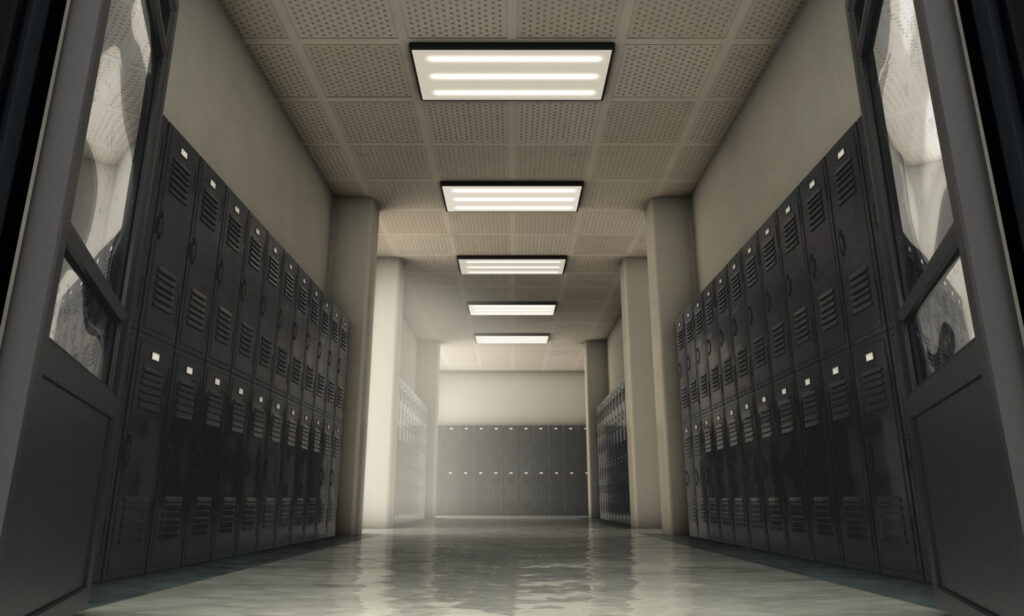Report: School building closures help Pittsburgh taxpayers
(The Center Square) – The Pittsburgh Public School District recently passed a budget that again spends more money than it collects, leaving some analysts sounding the alarm about deferred building…

(The Center Square) – The Pittsburgh Public School District recently passed a budget that again spends more money than it collects, leaving some analysts sounding the alarm about deferred building closures.
The Allegheny Institute for Public Policy said the district’s $30 million deficit, coupled with projected enrollment declines over the coming years, will dwindle reserves below the school board’s policy minimum.
In its preliminary budget, the district reported enrollment in 2022-23 was 18,665 – a 24% decrease over the last decade. According to the institute’s analysis of data obtained from the state Department of Education, enrollment projections for 2024-25 indicate a 7% decline from the previous academic year, and a decrease of nearly 30%– down to 13,303 – by 2032-33.
Drops in enrollment have led to discussions about closing some schools. The report notes that between 2005 and 2006, the number of schools was reduced by 21 – the largest year-over-year drop in the past two decades.
The administration will soon present plans for school consolidation to the board in the coming months, the institute noted.
Eric Montarti, the institute’s research director, said the district’s largest revenue sources come from state subsidies and local taxes, totaling $547.4 million.
The $177.7 Basic Education Funding subsidy the district receives includes $153.8 million in “hold harmless” dollars and $23.9 million from a weighted formula that considers economic disparities.
Hold-harmless, a policy enacted in the early 1990s, was meant to ensure that no school district would receive less funding than it had the previous year – even if enrollment declined.
A hike in tuition district-paid for the nearly 5,400 students attending charter schools is also projected. The institute suggests families feel dissatisfied with academic performance measured at district schools, despite high per-student spending of $30,306 in 2022.
According to Statista, Pennsylvania’s average K-12 per-pupil spending is $19,559, about 30% above the national average.
After the Pennsylvania Commonwealth Court declared the state’s public school funding system unconstitutional last year, the Basic Education Funding Commission held a series of hearings to make recommendations to the General Assembly. Much of the testimony concerned the “hold harmless” portion of the funding total.
Commission recommendations released earlier this month include targeted spending that boosts the amount of money sent to needy districts by $200 million – an action supporters say has been a long time coming. Neglecting to do so for years has led to imbalances in student performance over the last decades, they add.
However, critics argue the increased spending will raise local and state taxes to cover the $7 billion recurring price tag while still failing to fix longstanding academic performance issues. State spending on public education has climbed by half over the last decade, according to independent estimates.
“Notwithstanding the very high spending levels at PPS (the district), academic performance is woeful,” said Montarti. “Results on the 2022-23 Pennsylvania System of School Assessment and Keystone Exams, based on the percentage of students scoring advanced or proficient were below state averages.”
“PPS is again in a critical situation of its own making,” he said, adding that for the sake of the taxpayers, the board needs to begin making significant cuts in spending.
“If the Legislature eliminates or makes large reductions to “hold harmless,” the board will be forced to make reductions or find other sources of revenue to sustain the level of per-student spending,” Montarti said. “The 2024 budget would be a good place to start.”
“Currently, PPS spending and academic results are a huge negative look for the city.”
The district’s Board of Directors did not respond to a request for comment in time for publication.



